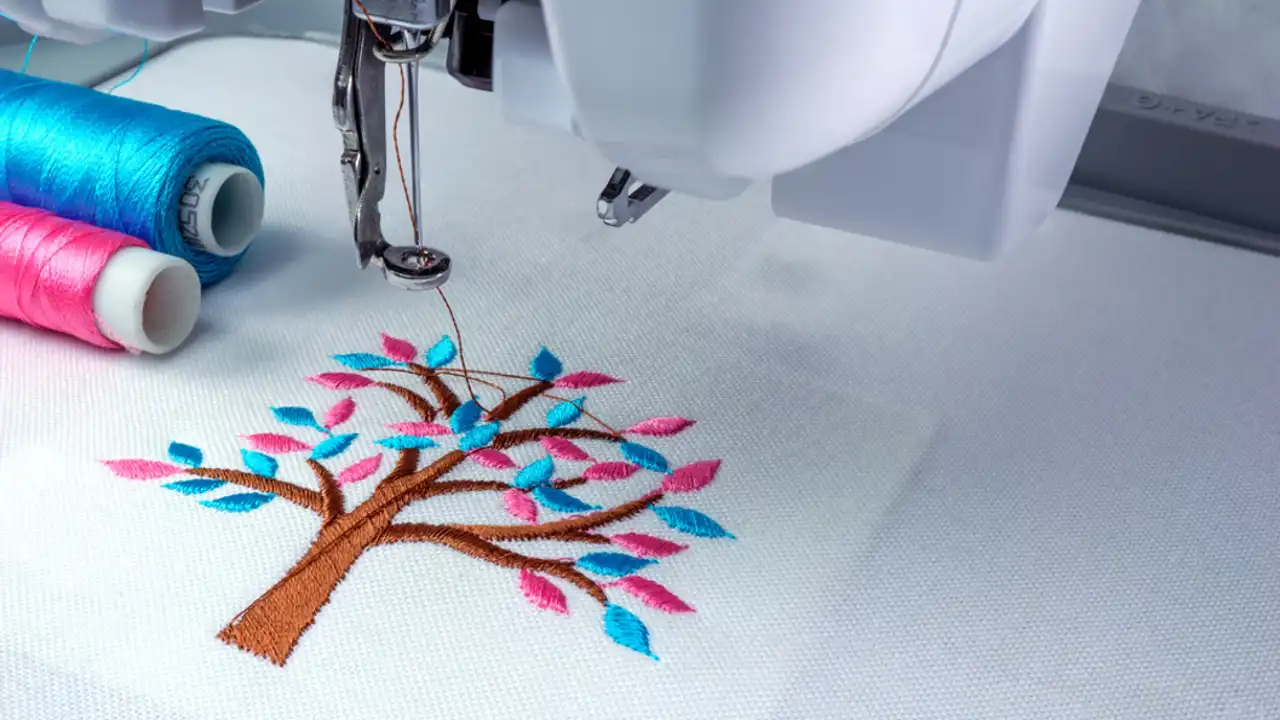Business
Garment Embroidery: 4 Things You Should Know

Embroidered clothing is one of the go-to apparel of many people. Apart from showcasing various adornments, garment embroidery also paves the way for unique and durable clothing designs. Typically, it provides an exclusive sense of fashion statement with its customized fabric decoration.
Suppose you’re planning to venture into garment embroidery. In that case, you must know the essential things about this craft. This way, you can know what to prepare to produce the best embroidery that suits your needs and taste. For that purpose, here’s a post to guide you. Read on to learn more.
- Type of Garments
In choosing an item of clothing you can embroider, you should consider the type and quality of its material. In many cases, thin materials, such as t-shirts, are difficult to sew because the design may detach easily. Embroidering thick clothes is equally challenging as well. Nonetheless, you can use a hoop to stabilize the fabric and make the process more manageable.
If you’re new to garment embroidery, you may start with caps, hats, and hoodies with materials that can easily hold the embroidery. However, you must ensure that the type of thread and apparel would suit each other. If you want to look at some samples of embroidered clothing, you may check out Tee Junction Company and other stores offering customized designs.
- Embroider Floss
Top-quality threads are necessary to produce tightly and beautifully knitted embroidery designs. Apart from the floss’s tensile strength, one must consider the material’s appearance—whether matte or lustrous. If you prefer matte, you should choose the cotton-wrapped thread. On the other hand, if you like a glossy appearance, you must pick mercerized cotton.
If you’re checking the quality of floss, you must also consider the following points apart from the appearance:
- Abrasion Resistance
This refers to the ability of the floss to withstand the friction-caused wear and tear.
- Color Fastness
This may refer to the rate at which a color fades because of its exposure to sunlight or bleach. Either way, it has something to do with the fast fading of colors.
- Types Of Embroidery
Garment embroidery classes are usually grouped into three. They may involve a ready-made patch or start a new embroidery design. The three types of embroidery you can choose from are the following:
- Flat Stitch
As its name suggests, a flat stitch is two-dimensional and sewn directly to the surface. The design’s intricacies make it appealing, however easy the plan is.
- Puff Or 3D
This type is modern and appears three-dimensional because of the puff inserted at the back of the design. The material adds shape and depth, making the design look thick and deep. In most cases, puff or 3D embroidery designs are way more expensive than flat or traditional stitches.
- Partial 3D
This design makes use of the qualities of both flat and puff. This may refer to the embroidery with thick and deep central designs with thread inside the shapes or in between objects.
- Embroidery Techniques
In many cases, embroidery designs are only transferred when sewn to main clothes or materials, such as knitwear, jeans, and dresses. Yet the quality of the finished product still depends on the quality and characteristics of the fabric.
Apply the appropriate embroidery technique to ensure you have the finest garment. For this purpose, you may look into the following to have some ideas:
- Counted Thread
This technique usually results in symmetrical stitches by methodically counting the warp and weft yarns. Counted thread embroidery is typically applied to logo designs and artwork.
- Outline
This technique uses back stitch, outline stitch, and chain stitch, among others. Generally, this is used in creating new patterns and embroidering texts. It’s also applied to fill in bare spaces.
- Whitework
Otherwise known as French Laid work, this technique is generally used on white fabric with white floss. In other words, this uses white stitching on traditionally white linen.
- Patchwork
This technique involves assembling various cuts of fabric onto a base fabric. It typically produces the unique aesthetic qualities ideal for artsy-fartsy designs. If you’re planning to try this technique, you may hand- or machine-stitched it. Generally, this technique is used in decorating quilts.
- Shadow Work
If you’d be working on transparent or semi-transparent fabrics, this technique is the best to apply. In most cases, shadow work uses a herringbone stitch, creating beautiful embroidery. Shadow work techniques work best on lightweight and sheer fabrics, such as georgette, organza, and muslin.
Wrapping Up Embroidering garments is one of the most popular custom clothing decoration methods today. In most cases, it’s the chosen technique to incorporate logo designs, unique fashion statements, and customized patterns. If you’re planning to try out this option, consider reading this feature and delve deeper into what you should know about garment embroidery.
Kenneth is a proud native of sydney, born and raised there. However, he pursued his education abroad and studied in Australia. Kenneth has worked as a journalist for almost a decade, making valuable contributions to prominent publications such as Yahoo News and The Verge. Currently, he serves as a journalist for The Hear Up, where he focuses on covering climate and science news. You can reach Kenneth at [email protected].










